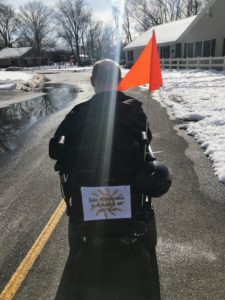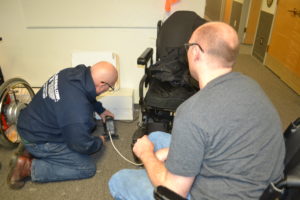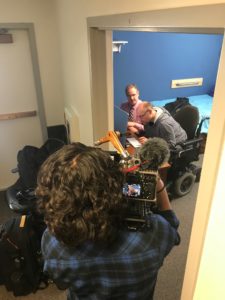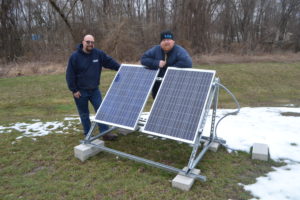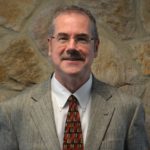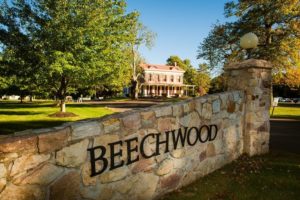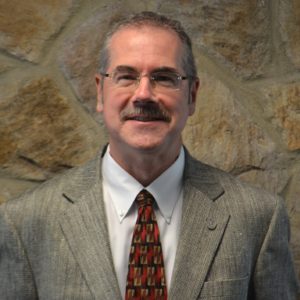 Beechwood NeuroRehab Exective Director Dr. Drew Nagele’s study entitled “A call for implementing preferred practices for brain injury screening in youth to improve transition” was recently featured in NeuroRehabilitation: An Interdisciplinary Journal. The newsletter can be accessed here.
Beechwood NeuroRehab Exective Director Dr. Drew Nagele’s study entitled “A call for implementing preferred practices for brain injury screening in youth to improve transition” was recently featured in NeuroRehabilitation: An Interdisciplinary Journal. The newsletter can be accessed here.
A research study co-authored by Nagele titled “The Under-Identification of Brain Injuries and the Relationship with Juvenile (and Eventually Adult) Criminal Justice” was recently published in the Brain Injury Professional. The outcome is the result of work being done at Beechwood NeuroRehab, in conjunction with the Brain Injury Association of Pennsylvania, as well as policy work being done by the National Collaborative on Children’s Brain Injury (NCCBI). You can read the full article here.

